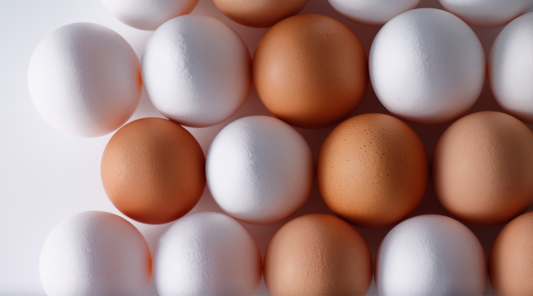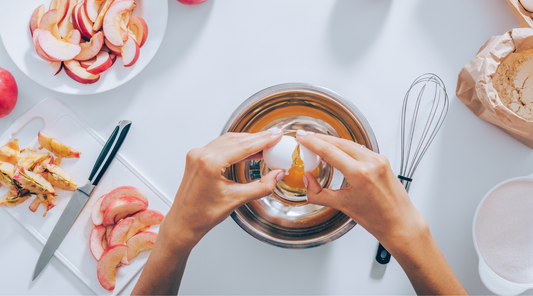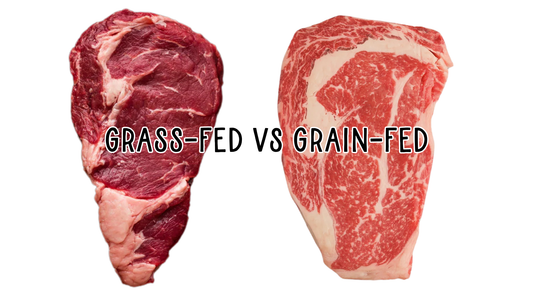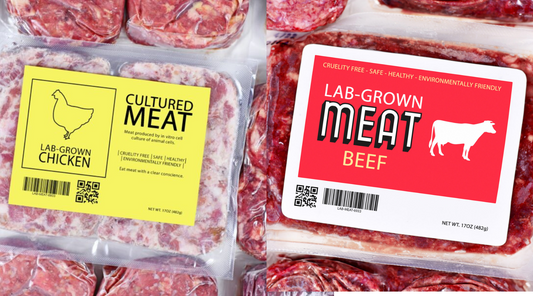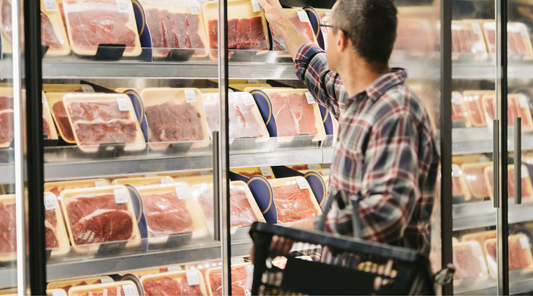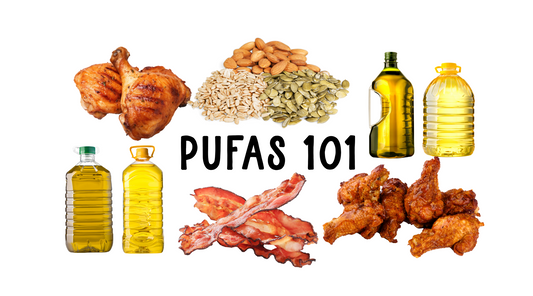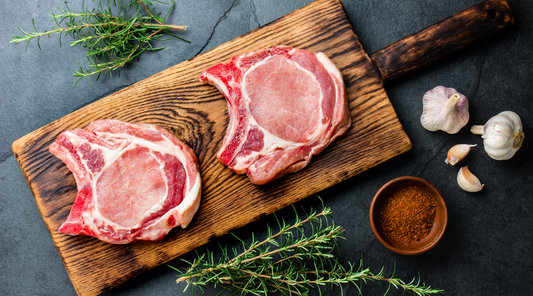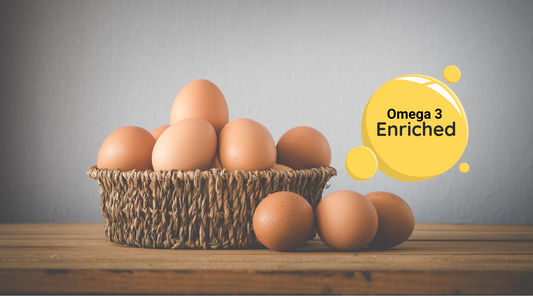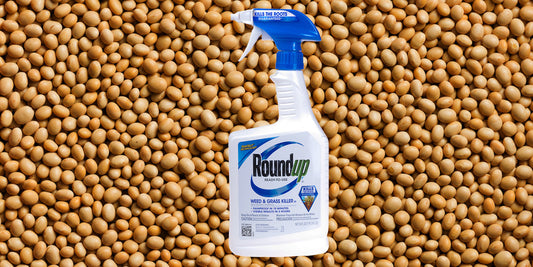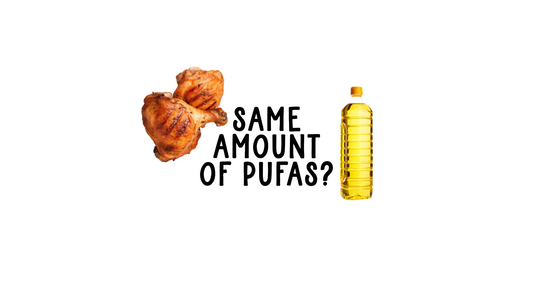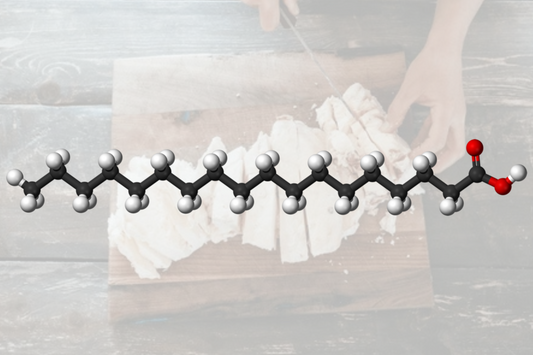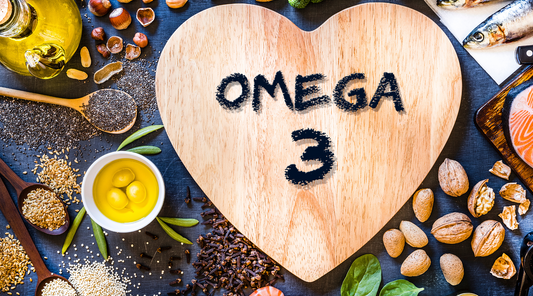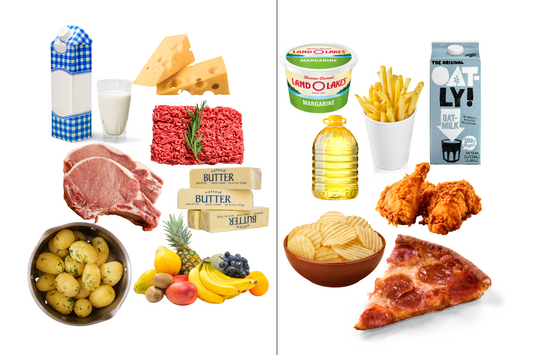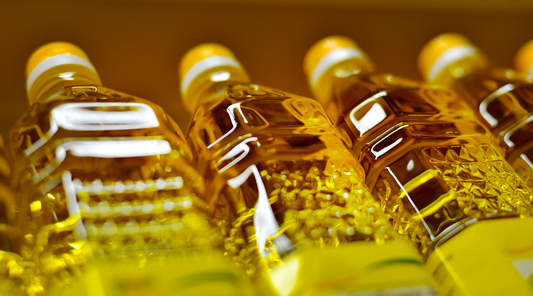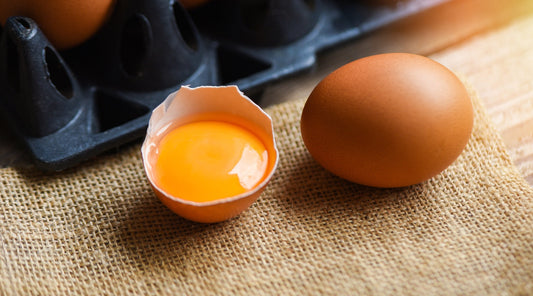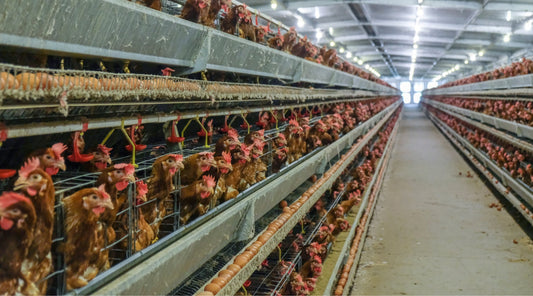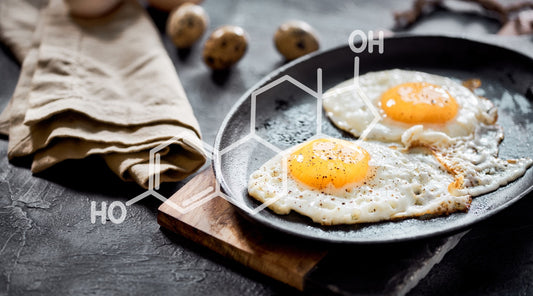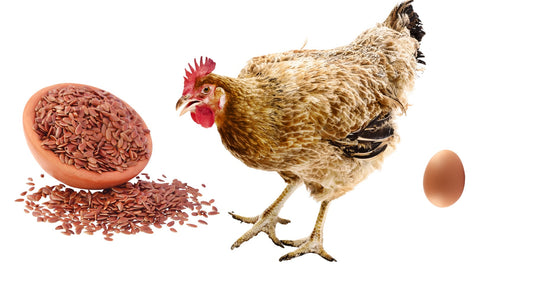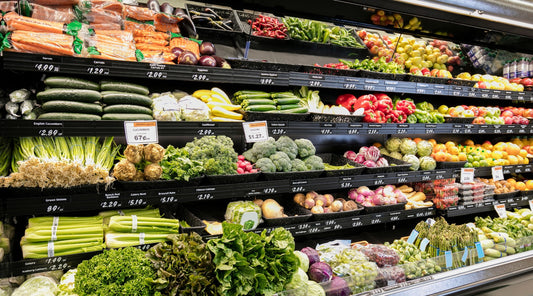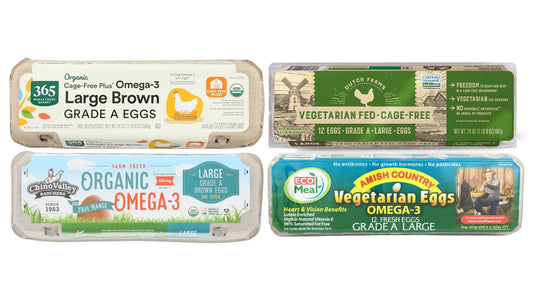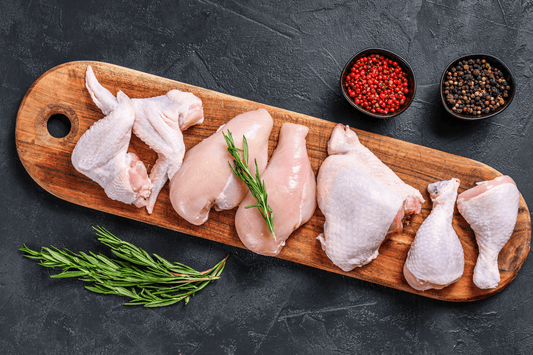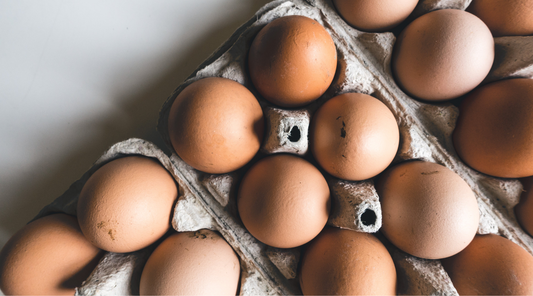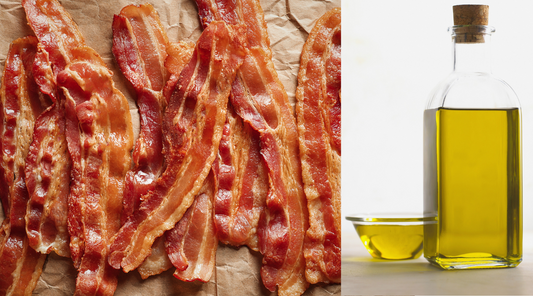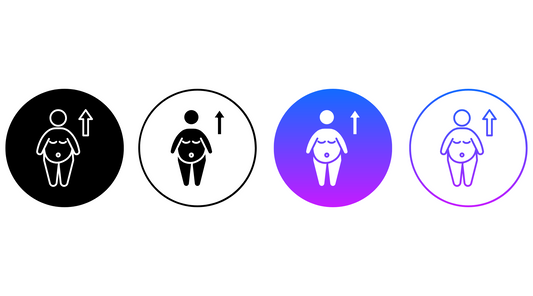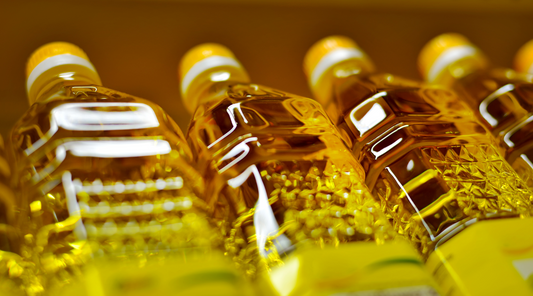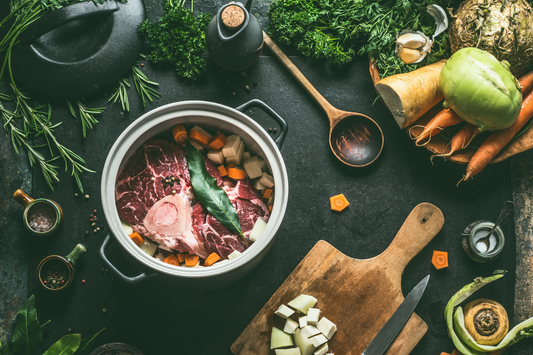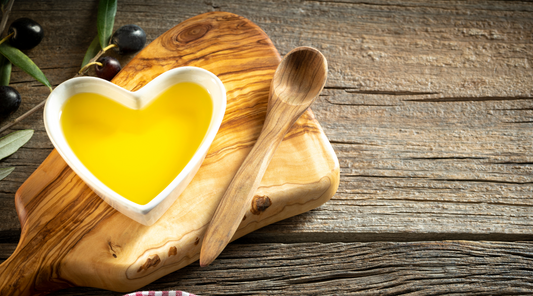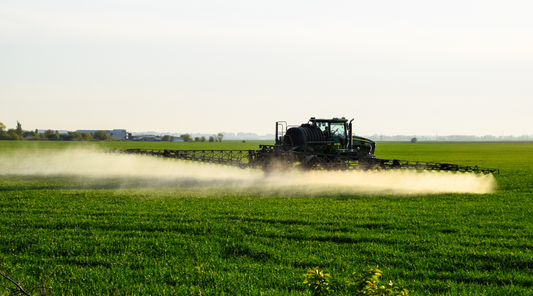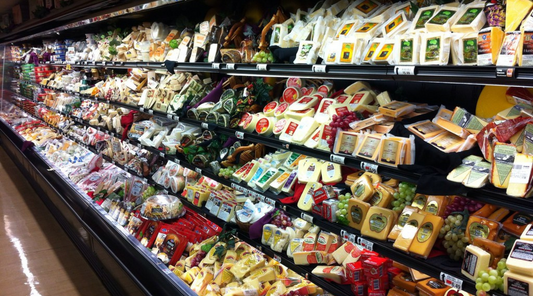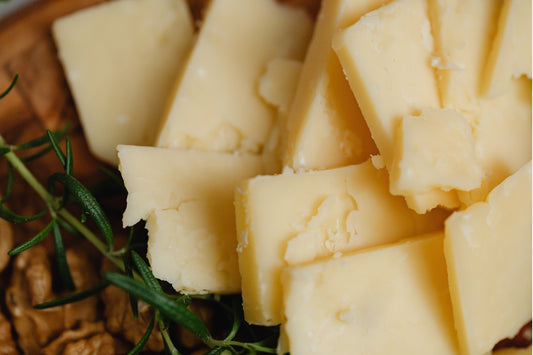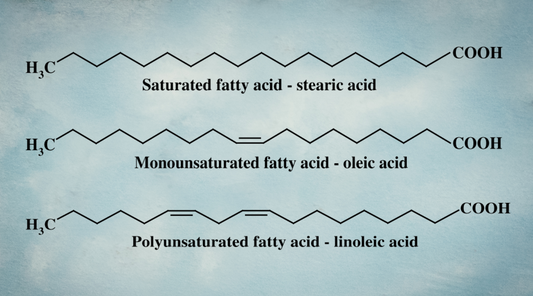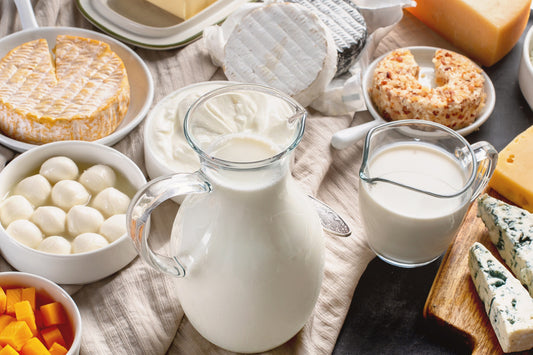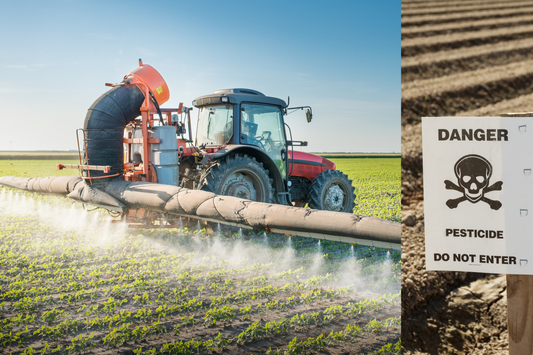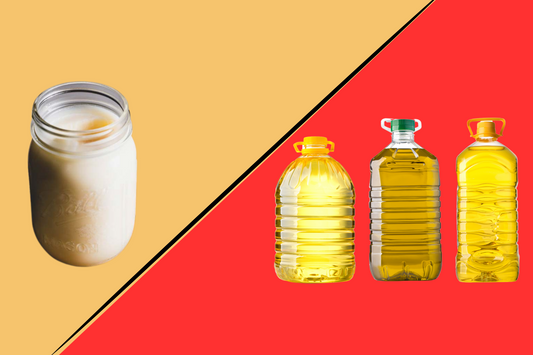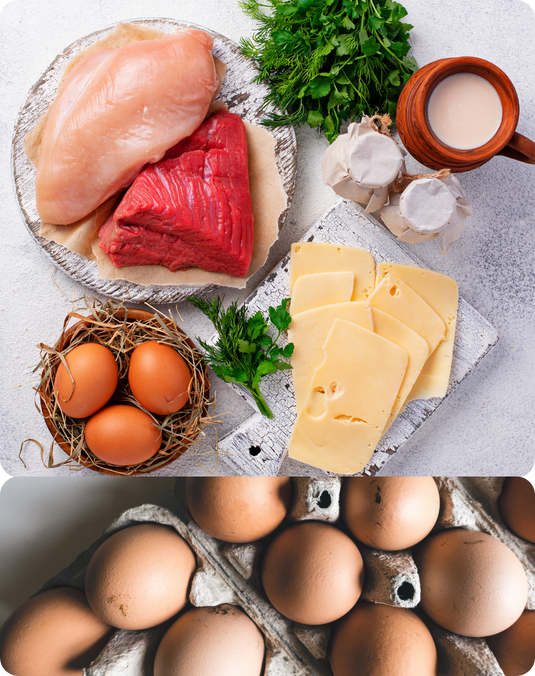
How Linoleic Acid and Oxidized Fats Fuel Headaches
There are many reasons headaches happen: muscle tension from stress, dehydration or electrolyte imbalance, even eye strain from screens.
But one major factor is often overlooked: the types of fats in our diet.
The Hidden Dietary Link: Linoleic Acid (Omega 6 PUFAs)
Diets high in linoleic acid (LA) [an omega-6 polyunsaturated fat (PUFA) found abundantly in seed oils, and even in modern corn- and soy-fed chicken, pork, and eggs] can increase the risk of headaches.
One clinical study (r) found that chronic headache patients who consciously lowered their linoleic acid intake by 64% over 12 weeks experienced a dramatic improvement in both headache severity and overall quality of life.

How the Fats You Eat Connect to Headaches
The key process is something called lipid oxidation: a chemical chain reaction that turns unstable fats into damaging byproducts.
Lipid oxidation happens when fats react with oxygen, often accelerated by metal ions like iron or copper, heat, light, or certain enzymes.
When we eat foods high in polyunsaturated fats (PUFAs) [from seed oils, corn- or soy-fed meats, or processed foods] these fats are chemically unstable. They oxidize easily inside the body, producing reactive aldehydes, specifically Oxidized linoleic acid metabolites (OXLAMs), like 4-HNE and MDA, that have been linked to a range of health issues, including inflammation, cardiovascular disease, liver damage, pain sensitivity, migraines, and neurodegenerative conditions. (ref)
Imagine fragile glass breaking: the shards spread and cause damage, just like these unstable fats do in the body.
And the lipid oxidation risk varies drastically between the three main types of fats: polyunsaturated (PUFAs), monounsaturated (MUFAs), and saturated fats. The difference comes down to their chemical structure. PUFAs have multiple double bonds, which are weak points highly prone to attack by oxygen, heat, or metals like iron. MUFAs have only one double bond, so they’re more stable but can still oxidize under stress. Saturated fats, on the other hand, contain no double bonds at all: their structure is fully “saturated” with hydrogen, making them extremely resistant to oxidation during cooking, digestion, and metabolism. That stability is one reason fats like tallow, butter, and coconut oil hold up so well both in the pan and inside the body.
👉The research is clear: more PUFAs in the diet = more OXLAMs inside of you. Lowering linoleic acid intake lowers the toxic oxidation byproducts that wreak havoc all over our body.
Even modest PUFA consumption can have a measurable effect. One study found that getting just 15% of calories from PUFA (which is typical for the standard American diet) significantly increased oxidative stress markers in healthy men. (ref)
Lipid Oxidation and Headaches: The Biological Connection
Lipid oxidation plays a surprisingly central role in the onset of headaches and migraines, particularly through its impact on inflammation, energy metabolism, and vascular function.
1. More PUFAs = More Oxidative Stress
OXLAMs created from PUFA oxidation:
-
Inflame blood vessels in the brain
-
Sensitize pain pathways (like the trigeminal nerve)
-
Disrupt mitochondrial energy production, reducing ATP and triggering headaches
2. Less Energy, More Pain
Your brain requires a lot of energy!!
When oxidative stress from lipid peroxidation damages mitochondria (what help make energy), energy production drops. This deficit triggers the release of inflammatory molecules like CGRP, which are closely tied to migraines.
In short: oxidized fats don’t just inflame the brain, they can starve it of energy.
3. Vascular Effects
Oxidized lipids can damage the endothelium, the delicate inner lining of blood vessels.
The endothelium regulates blood flow and signaling for proper gas exchange, which helps vessels expand and maintain oxygen balance. When these cells are injured, vessels stiffen and circulation can become dysregulated: a setup for both migraines and tension-type headaches.
4. Neuroinflammation
Lipid oxidation byproducts also activate microglia, the brain’s immune cells.
Normally, microglia act as the brain’s clean-up crew, removing debris and protecting neurons. But constant exposure to oxidized fats keeps them in “attack mode,” causing chronic inflammation and oxidative stress. Over time, this hyperactive state makes the nervous system oversensitive to normal stimuli, turning occasional headaches into chronic ones.
🧩 The Research Comes Full Circle
Given the systemic effects of lipid oxidation, it makes sense why the clinical trial we mentioned earlier found such profound results.
When patients with chronic headaches reduced their linoleic acid intake from 6.7% to 2.4% of daily calories, they experienced a measurable drop in OXLAMs and a dramatic reduction in headache severity.
“Lowering dietary LA from 6.7 to 2.4% of calories for 12 weeks in 55 patients with chronic headaches significantly reduced the abundance of four measured OXLAMs (9- and 13-HODEs, 9- and 13-oxoODEs), as well as their precursor LA in circulating lipid pools.” (ref)
The results illustrating that reducing linoleic acid can lower inflammation, oxidative stress, and pain sensitivity, improving both cellular health and quality of life.

Choosing Better Fats for a Healthier Life
Minimizing PUFA intake and choosing fats richer in stable, saturated fats can make a real difference.
Saturated fats like stearic acid:
-
Support energy production and metabolic health
-
Resist oxidation during cooking and inside the body
-
Don’t form harmful OXLAMs
Now we don't have to over eat dietary fats.
But by being intentional with your fat sources, you limit the raw materials that can break down into toxic byproducts: helping your brain, blood vessels, and metabolism function the way they were designed to.
This Is Why We Do What We Do
At Nourish Food Club, we take food seriously, because what you eat can impact everything from energy levels to brain health, inflammation, and even headaches. By sourcing corn- and soy-free, pasture-raised meats and eggs and focusing on fats that are naturally low in unstable PUFAs, we help you reduce the raw materials that turn into harmful oxidized byproducts in the body.
Our approach isn’t just about avoiding certain foods — it’s about supporting your body with stable, nutrient-dense fats that fuel energy production, protect your blood vessels, and keep your nervous system calm. (Like how our Corn- and soy-free chicken has over 50% less linoleic acid and over 202% more stearic acid (a metabolism supporting fat!)
Our approach isn’t just about avoiding certain foods, it’s about supporting your body with stable, nutrient-dense fats that fuel energy production, protect your blood vessels, and keep your nervous system calm.
In other words, we’re here to provide real food that works for your body, helping you feel better, reduce chronic stress on your metabolism, and take control of your health from the inside out.




